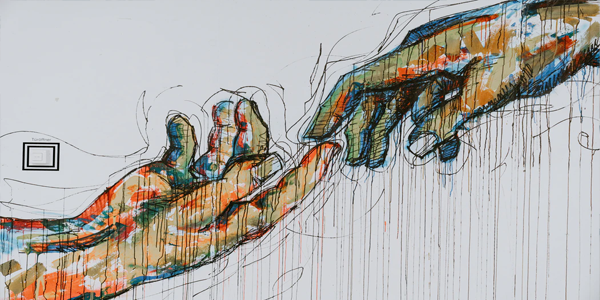 Pride month has become a time of celebration in many of our communities, with rainbow flags, parades, parties, and so much more. It is a time to acknowledge, respect and honor our differences, while paying tribute and support to our LGBTQIA community.
Pride month has become a time of celebration in many of our communities, with rainbow flags, parades, parties, and so much more. It is a time to acknowledge, respect and honor our differences, while paying tribute and support to our LGBTQIA community.
While it has long been a tradition, there are some fun facts about how June became our rainbow month:
- The event that inspired the pride parades we know now was a march to commemorate the Stonewall riots. The month of June was chosen because the riots occurred at the end of June 1969.
- The "mother of pride" was Brenda Howard, a lifelong militant activist known for her work in organizing the Christopher Street liberation day march.
- Every color of the rainbow flag means something.
- Hot pink represents sexuality.
- Red represents life.
- Orange represents healing.
- Yellow represents sunlight.
- Green represents nature.
- Turquoise represents magic and art.
- Indigo represents serenity and harmony.
- Violet represents spirit.
- Stripes were eventually dropped from the design for mass production, resulting in the six-stripe flag that’s popular today.
- The world’s largest rainbow flag was made by Gilbert Baker in 1994 measuring 30 feet wide. The Guinness Book of World Records confirmed it as the largest flag in the world, but it has since lost the title. Baker made another giant rainbow flag in 2003 that stretched a mile and a quarter across key west, Florida.
- The pentagon has a pride event. The pentagon’s first pride event was held in 2012. The event allows gay members of the military to talk about the repeal of “don’t ask, don’t tell,” and the importance of being able to discuss their families and loved ones with fellow servicemen and women.
- The largest pride parade in the world is in Sao Paulo, Brazil. The Sao Paulo gay pride parade started with a humble 2,000 attendees in 1997, but has since grown to millions. In 2006, the Guinness Book of World Records named Sao Paulo's parade the largest gay pride celebration in the world, with 2.5 million attendees.
 Pride month has become a time of celebration in many of our communities, with rainbow flags, parades, parties, and so much more. It is a time to acknowledge, respect and honor our differences, while paying tribute and support to our LGBTQIA community.
Pride month has become a time of celebration in many of our communities, with rainbow flags, parades, parties, and so much more. It is a time to acknowledge, respect and honor our differences, while paying tribute and support to our LGBTQIA community.